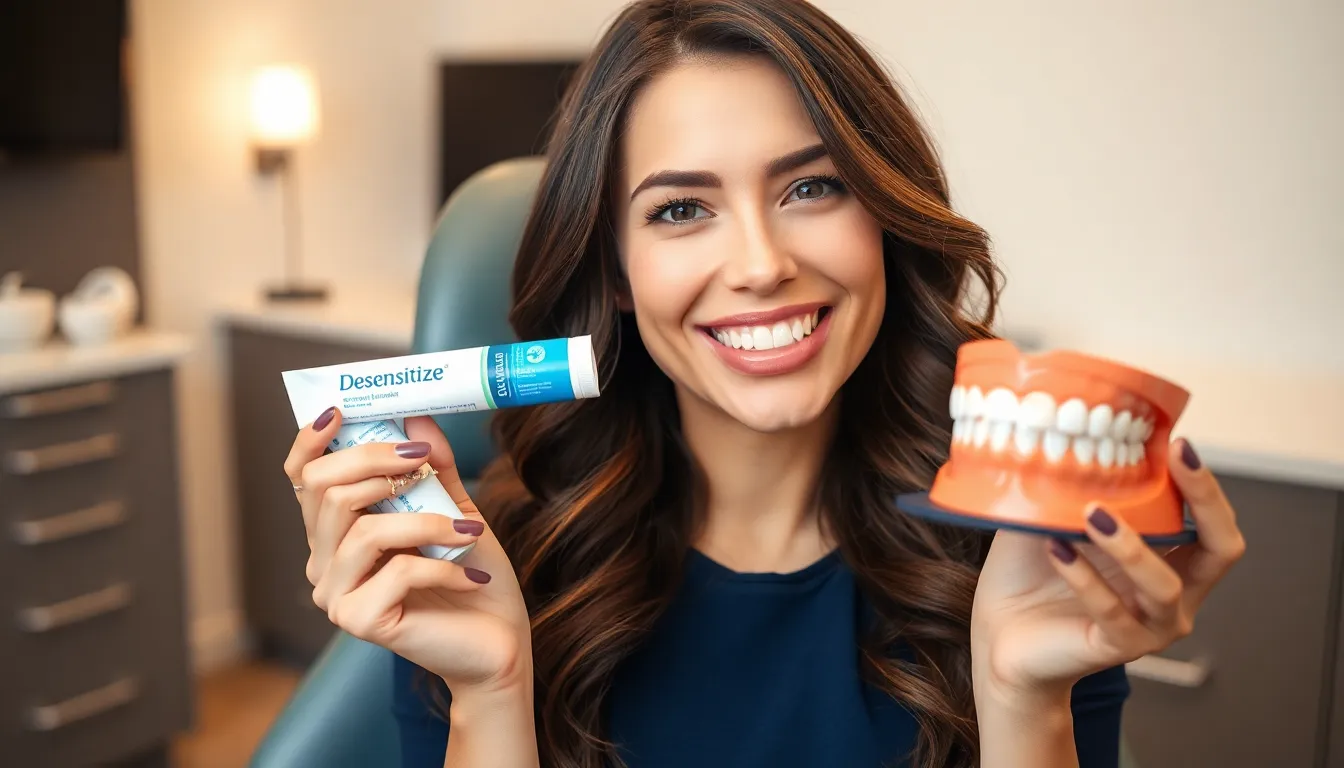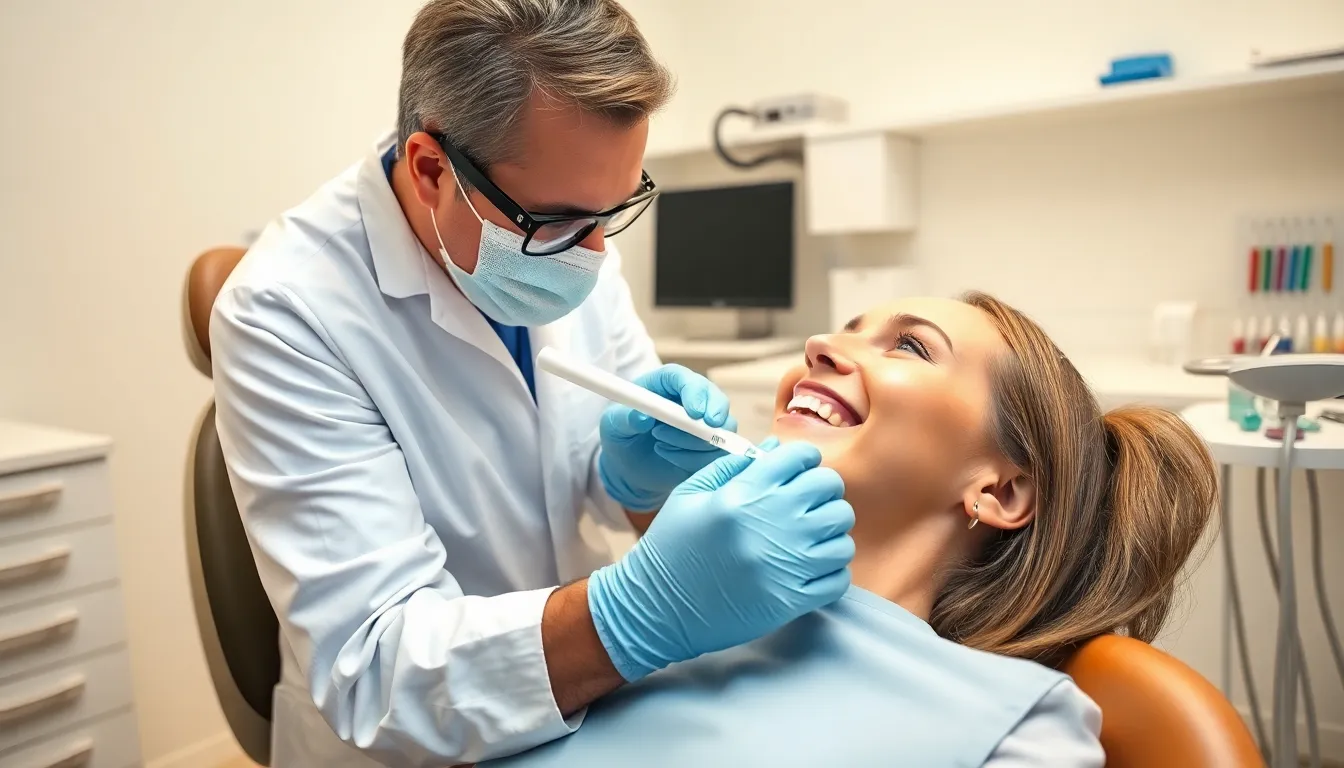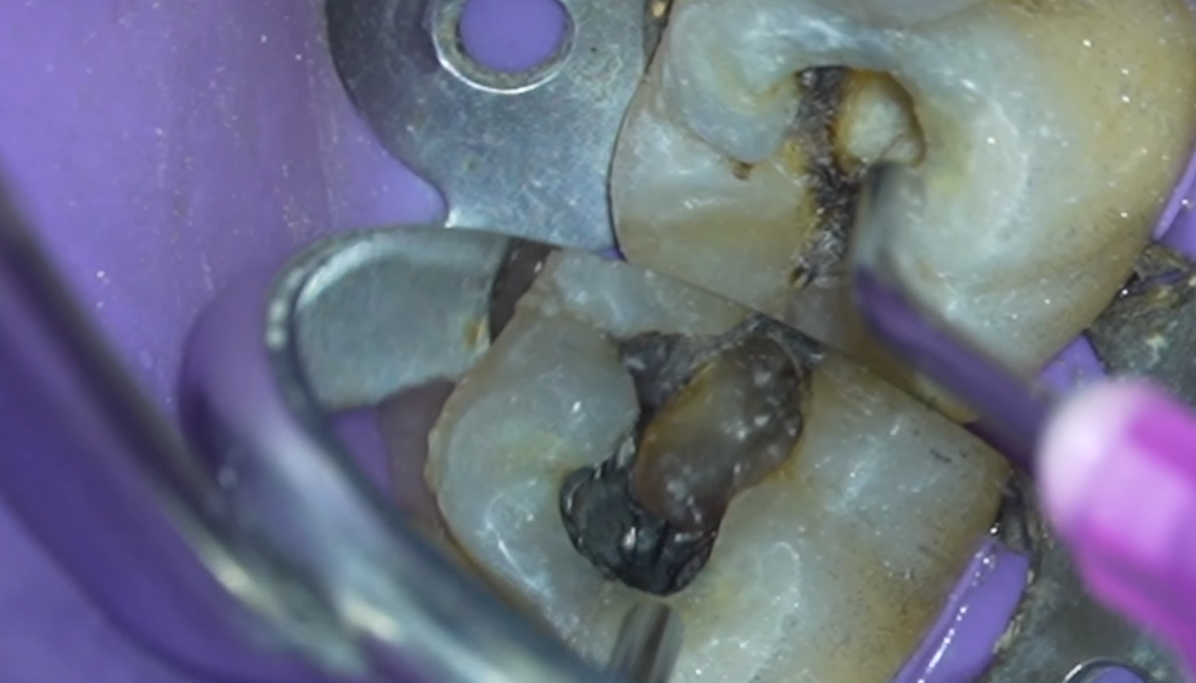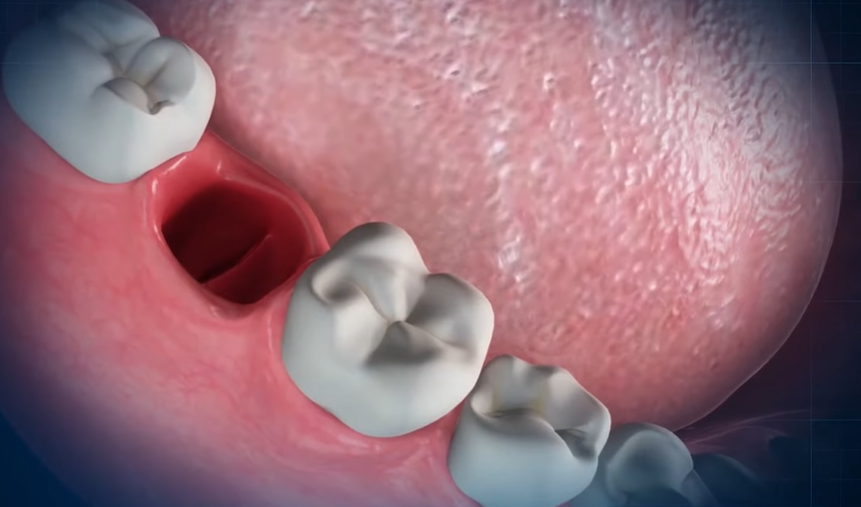If you buy through links on our site, we may earn a small affiliate commission to help support the blog - at no extra cost to you. It never influences our product selection process. Thank you!
Are you experiencing tooth pain after teeth whitening? You’re not alone. This common side effect can turn your smile-brightening experience into an uncomfortable ordeal.
Tooth sensitivity following whitening treatments happens when the bleaching agents penetrate your enamel and irritate the nerves in your teeth. While this discomfort is typically temporary, it can be concerning when you’re not expecting it. The good news is there are effective ways to manage this pain and prevent it in future whitening sessions.
Entities
- Tooth pain
- Teeth whitening
- Tooth sensitivity
- Bleaching agents
- Enamel
- Nerve irritation
Common Causes of Tooth Pain After Teeth Whitening

Tooth pain following teeth whitening procedures stems from several exact factors. Understanding these causes helps you manage discomfort and determine when to seek professional help.
Tooth Sensitivity Explained
Tooth sensitivity after whitening occurs when the dentin layer becomes exposed or affected. Dentin contains microscopic tubules that connect to the nerve center of your tooth, and whitening agents can temporarily make these tubules more responsive to stimuli. Many patients experience sharp, shooting pain when consuming hot, cold, sweet, or acidic foods after their whitening treatment.
Dr. Todd B. Harris notes, “I’ve treated many patients who were alarmed by post-whitening sensitivity. One memorable case involved a bride who whitened her teeth just three days before her wedding and experienced such intense sensitivity that she couldn’t enjoy her reception dinner. Had she understood the potential for sensitivity and timed her treatment differently, this could have been avoided.”
Bleaching Agents and Their Effects
Hydrogen peroxide and carbamide peroxide are the primary active ingredients in most whitening products. These chemicals penetrate the enamel to break down stain-causing compounds but simultaneously can irritate the nerve pulp inside your teeth. Professional whitening answers typically contain 15-35% hydrogen peroxide, while over-the-counter products use 3-10% concentrations.
The higher the concentration of these bleaching agents, the more dramatic the whitening results—but also the greater potential for tooth pain. Research published in the Journal of the American Dental Association shows that approximately 67% of patients using high-concentration whitening products experience some level of sensitivity. Also, leaving whitening products on longer than directed compounds this issue by allowing the chemicals to penetrate deeper into your dental structures.
How Long Does Whitening Pain Typically Last?

Tooth sensitivity and pain after teeth whitening typically resolves within a few days to two weeks. The duration varies depending on the type of treatment used and your individual sensitivity levels.
Normal Recovery Timeline
Most patients experience a predictable recovery pattern following teeth whitening procedures. Immediate sensitivity occurs right after treatment when whitening agents penetrate your tooth enamel and dentin, creating that initial discomfort. Short-term sensitivity follows for the next few days, which you can manage effectively with over-the-counter pain relievers and desensitizing toothpaste. Full recovery happens within approximately one week for most people, with sensitivity significantly diminishing during this time.
Dr. Todd B. Harris recalls treating a patient who was concerned about persistent sensitivity: “Sarah came to me panicking after her at-home whitening treatment left her with uncomfortable sensitivity. I reassured her that this was normal and typically resolves within 3-7 days. We provided her with a desensitizing gel, and by her follow-up appointment the next week, her discomfort had completely subsided.”
When to Be Concerned
Pain that persists beyond two weeks after your whitening treatment warrants a call to your dentist for a professional evaluation. Severe, unbearable pain at any point during your recovery period requires immediate dental attention to rule out underlying issues that might be exacerbated by the whitening process.
For patients who undergo professional treatments like Zoom teeth whitening, sensitivity generally resolves more quickly—often within just a few days. Your dentist might recommend avoiding trigger foods such as hot or cold beverages during your recovery period. Applying cold compresses to the outside of your mouth can provide temporary relief from discomfort while your teeth recover from the whitening process.
Effective Pain Relief Methods

Tooth pain after teeth whitening can be effectively managed with several proven methods. Dentists recommend exact approaches to alleviate discomfort while maintaining your newly brightened smile. Dr. Todd B. Harris emphasizes that most patients can find relief using a combination of professional advice and home remedies.
Over-the-Counter Answers
Desensitizing toothpaste containing potassium nitrate or fluoride blocks nerve pain signals and provides important relief for whitening-related sensitivity. Fluoride rinses or gels available at your local pharmacy strengthen tooth enamel and create a protective barrier against painful stimuli. Pain relievers such as ibuprofen or acetaminophen offer temporary comfort while your teeth recover from the whitening process. Products with lower peroxide concentrations cause less sensitivity while still providing whitening benefits, making them ideal for those with naturally sensitive teeth.
“One of my patients, Sarah, experienced intense sensitivity after using high-concentration whitening strips,” shares Dr. Harris. “Switching to a sensitive formula toothpaste and taking a three-day break from whitening dramatically reduced her discomfort while still allowing her to achieve the results she wanted for her upcoming vacation photos.”
Natural Remedies for Whitening Discomfort
Warm salt water rinses soothe irritated gums and reduce inflammation caused by whitening agents that contact the gum tissue. Cold compresses applied to the outside of your cheek numb pain signals and provide immediate relief without any additional chemicals. Staying hydrated helps maintain dental health during whitening treatments, as dehydration often increases tooth sensitivity. Aloe vera gel gently applied to irritated gums offers natural healing properties and reduces discomfort associated with chemical exposure.
Prevention Strategies for Future Treatments

Preventing tooth pain before it begins is the most effective approach to comfortable teeth whitening. Strategic preparation and product selection can dramatically reduce your risk of sensitivity while still achieving those bright results you desire.
Pre-Whitening Preparation
Schedule a comprehensive dental checkup before starting any whitening treatment to identify potential issues like cavities or gum disease that might increase sensitivity. Addressing these conditions beforehand creates a healthier foundation for whitening procedures. Proper hydration of your teeth plays a crucial role in reducing sensitivity risk during whitening treatments. Dr. Todd B. Harris emphasizes, “I recommend patients use fluoride treatments or desensitizing toothpaste for at least two weeks before whitening to strengthen enamel and create a protective barrier against sensitivity.” One patient of Dr. Harris’s came in for whitening after following this preparation protocol and reported minimal discomfort compared to her previous whitening experience when she hadn’t prepared her teeth.
Choosing the Right Whitening Products
Select whitening products with lower concentrations of hydrogen peroxide or carbamide peroxide to minimize sensitivity risks while still achieving noticeable results. Products specifically designed for sensitive teeth often contain additional soothing agents that protect nerve endings during the whitening process. Following manufacturer instructions precisely prevents chemical overexposure that leads to unnecessary pain. Dr. Harris shares, “Many of my patients who experienced important sensitivity were using high-concentration products for longer than recommended. When they switched to gentler formulations and followed proper timing, their comfort improved dramatically while still achieving their desired whiteness.” Custom-fitted trays from your dentist ensure whitening agents contact only the intended tooth surfaces, reducing the risk of gum irritation compared to one-size-fits-all options available over the counter.
Professional vs. At-Home Whitening: Pain Comparison

Professional teeth whitening treatments and at-home options differ significantly in their potential to cause tooth pain and sensitivity. Professional treatments typically use higher concentrations of hydrogen peroxide (15-40%), while at-home products contain lower concentrations (3-15%). This concentration difference directly impacts the intensity and likelihood of experiencing tooth pain.
Bleaching Agent Strength
Professional whitening systems use stronger peroxide concentrations for more dramatic results in a single session. These powerful agents penetrate tooth enamel more effectively, removing deeper stains quickly. At-home products contain gentler formulations that work gradually over time, reducing immediate sensitivity but requiring longer use for noticeable results.
“I had a patient who tried professional whitening after years of using over-the-counter strips,” Dr. Harris recalls. “She was shocked by how much more intense the sensitivity was, though her results were dramatically better. We managed her discomfort with desensitizing gel, and she’s now a fan of spaced-out professional treatments rather than continuous at-home use.”
Risk and Duration of Sensitivity
Professional whitening treatments often cause more intense sensitivity due to their stronger formulations and deeper penetration. About 67% of patients using high-concentration products experience temporary sensitivity, though it typically resolves faster—usually within 24-48 hours. At-home treatments generally produce milder discomfort but can lead to prolonged sensitivity with repeated applications over days or weeks.
| Sensitivity Factor | Professional Whitening | At-Home Whitening |
|---|---|---|
| Intensity of Pain | Moderate to high | Mild to moderate |
| Duration | 1-2 days (intense) | 3-14 days (mild) |
| Risk Factors | Stronger chemicals, controlled exposure | Prolonged exposure, potential misuse |
| Recovery Time | Faster (24-48 hours) | Gradual (up to 2 weeks) |
Control and Supervision
Dental professionals monitor in-office treatments closely, adjusting procedures based on your comfort level and stopping if sensitivity becomes severe. This supervision reduces the risk of enamel damage or chemical burns. At-home treatments lack professional oversight, creating potential for overuse or improper application that increases pain risk, especially with ill-fitting trays or strips that contact gums.
Gum Irritation Comparison
Gum irritation occurs less frequently with professional treatments because dentists apply protective barriers to isolate gum tissue. At-home products, particularly whitening strips, often contact gums directly, causing redness, swelling, or burning sensations. Custom-fitted trays from dentists minimize this risk compared to one-size-fits-all options available over the counter.
When to Seek Dental Care for Whitening Pain
Most whitening-related tooth sensitivity resolves within a few days without professional intervention. Distinguishing between normal discomfort and concerning pain helps you determine when to contact your dentist. Certain symptoms indicate a need for prompt dental evaluation rather than continued self-care.
Warning Signs That Require Professional Attention
Contact your dentist immediately if you experience any of these concerning symptoms after teeth whitening:
- Severe, throbbing pain that interferes with daily activities or keeps you awake at night
- Persistent sensitivity lasting more than two weeks after treatment
- Worsening pain that intensifies rather than gradually improving
- Visible changes to your teeth or gums like extreme discoloration or recession
- Bleeding gums that continue beyond the day of treatment
- Swelling in the gums, face, or jaw area
Dr. Todd B. Harris recalls a patient who ignored intensifying tooth pain for over a week after using high-concentration whitening strips. “By the time she came in, she had developed a important infection related to an existing small cavity that the whitening agent had aggravated. Earlier intervention could have prevented this complication entirely.”
What Your Dentist Can Do
Dental professionals offer several answers for severe whitening-related discomfort:
- Apply professional-grade desensitizing agents directly to affected teeth
- Provide prescription-strength fluoride treatments to strengthen enamel
- Diagnose and treat any underlying conditions exacerbated by whitening
- Adjust your whitening protocol with lower concentration products
- Recommend temporary cessation of whitening to allow recovery
About 67% of patients using high-concentration whitening products experience some sensitivity, but only a small percentage require professional intervention. Your dentist can determine if your pain indicates a normal reaction or something requiring treatment.
Regular Dental Check-ups Before Whitening
Scheduling a comprehensive dental examination before beginning any whitening regimen prevents many painful complications. Pre-whitening check-ups allow your dentist to:
- Identify existing cavities that could become painful during whitening
- Treat gum inflammation that might worsen with whitening agents
- Recognize enamel weaknesses that increase sensitivity risk
- Provide personalized recommendations based on your dental history
- Create custom-fitted trays that minimize gum exposure to whitening agents
Regular dental visits ensure your teeth remain healthy throughout your whitening journey, minimizing the risk of unexpected pain or complications that require emergency care.
Conclusion
Tooth pain after whitening is common but manageable with proper care. While temporary discomfort affects many patients experiencing the bleaching process it typically resolves within days or weeks depending on your treatment type.
Remember that prevention is your best strategy. Using desensitizing products before treatment staying hydrated and choosing appropriate whitening concentrations can significantly reduce your risk of pain.
If you experience prolonged or severe pain don’t hesitate to contact your dentist. With the right approach you can achieve a brighter smile without uncomfortable side effects.
By understanding the causes and remedies for whitening-related sensitivity you’ll be prepared to make informed decisions about your dental care and enjoy your whiter smile with confidence.
Frequently Asked Questions
Why do my teeth hurt after whitening?
Teeth hurt after whitening because bleaching agents penetrate the enamel and temporarily irritate the nerves in your teeth. This happens when the whitening compounds reach the dentin layer beneath your enamel. Approximately 67% of patients using high-concentration whitening products experience some level of sensitivity, especially when consuming hot, cold, sweet, or acidic foods. The good news is this discomfort is usually temporary and manageable.
How long does tooth sensitivity last after whitening?
Tooth sensitivity after whitening typically resolves within a few days to two weeks, depending on the treatment type and your individual sensitivity level. Most people experience immediate sensitivity right after treatment, followed by short-term discomfort that gradually diminishes. Professional treatments often cause more intense initial sensitivity but shorter recovery (24-48 hours), while at-home products may cause milder but longer-lasting sensitivity (3-14 days). Full recovery generally occurs within a week.
What can I do to relieve teeth pain after whitening?
Use desensitizing toothpaste containing potassium nitrate or fluoride to block nerve pain signals. Take over-the-counter pain relievers like ibuprofen or acetaminophen for temporary relief. Rinse with fluoride mouthwash to strengthen enamel. Natural remedies include warm salt water rinses, cold compresses on the outside of your mouth, staying hydrated, and applying aloe vera gel to irritated gums. Avoid trigger foods and beverages that are extremely hot, cold, acidic, or sweet.
How can I prevent tooth sensitivity during future whitening treatments?
Schedule a dental checkup before whitening to identify issues like cavities that might increase sensitivity. Use fluoride treatments or desensitizing toothpaste for two weeks before whitening. Stay properly hydrated. Choose whitening products with lower peroxide concentrations. Follow manufacturer instructions precisely—don’t leave products on longer than recommended. Consider professional treatments with custom-fitted trays that minimize gum contact. Take breaks between whitening sessions to allow your teeth to recover.
Is professional whitening more painful than at-home treatments?
Professional whitening typically uses higher concentrations of hydrogen peroxide (15-40%) compared to at-home products (3-15%), which can cause more intense initial sensitivity. However, professional treatments offer quicker recovery (24-48 hours) versus at-home methods (3-14 days). Professional treatments are closely monitored by dental professionals, reducing risks of improper application and enamel damage. Custom-fitted trays used professionally also minimize gum irritation compared to one-size-fits-all over-the-counter options.
When should I see a dentist about whitening pain?
See a dentist if you experience severe, throbbing pain that doesn’t respond to over-the-counter pain relievers, sensitivity lasting more than two weeks, worsening pain instead of improvement, visible changes to teeth or gums, or bleeding and swelling. These symptoms could indicate complications beyond normal sensitivity. Most whitening discomfort resolves within a few days, but persistent or severe pain warrants professional evaluation to prevent potential complications.






